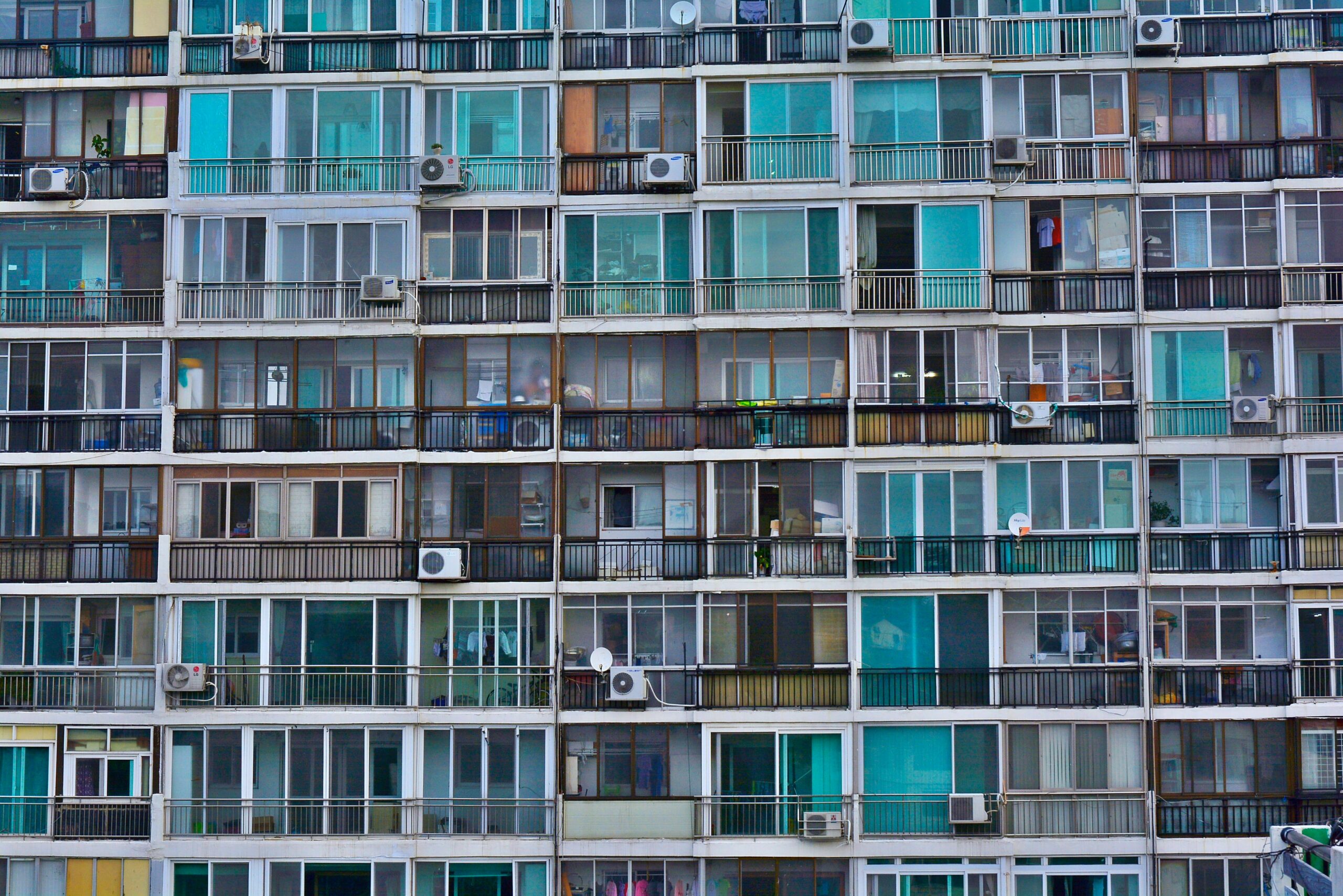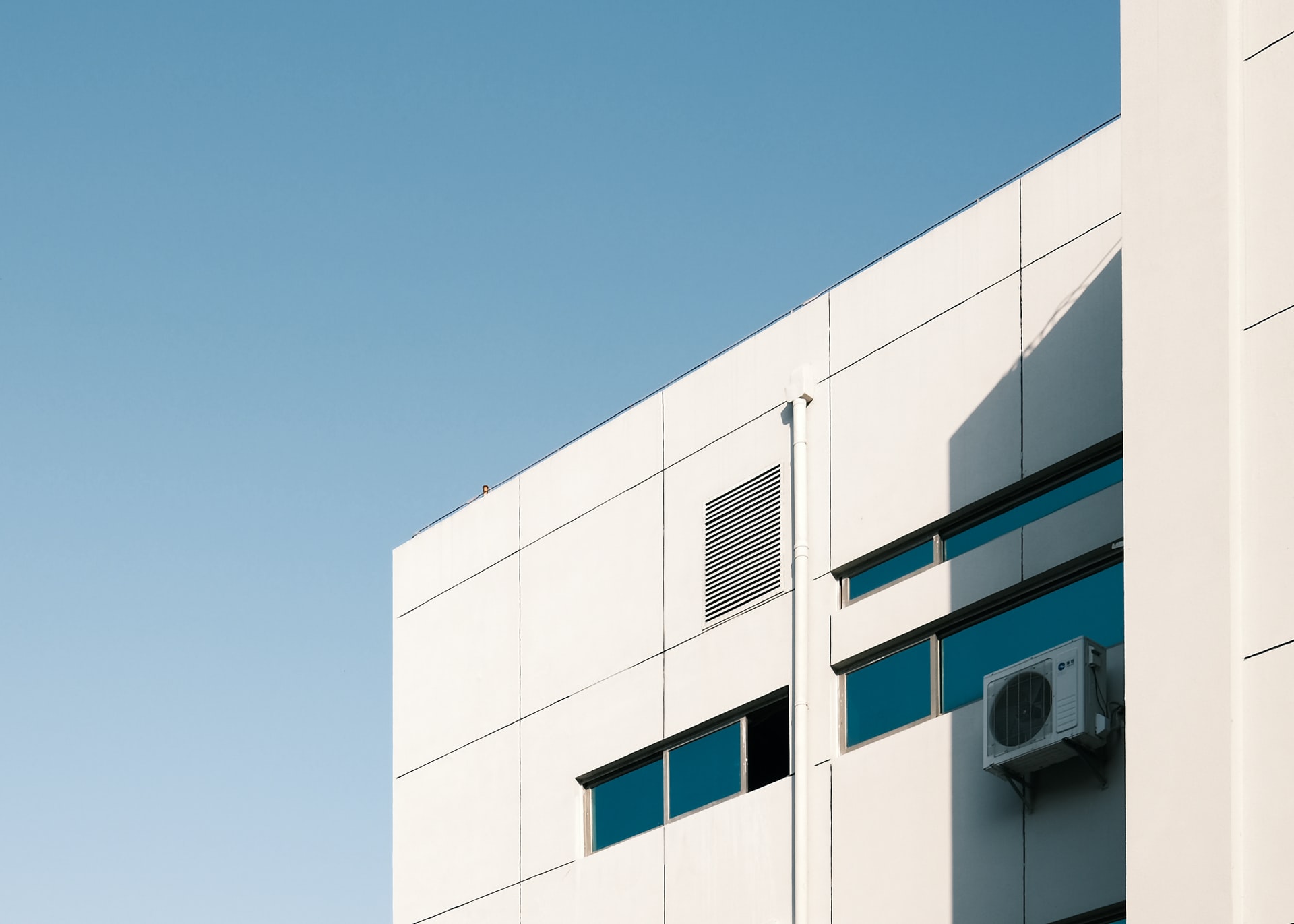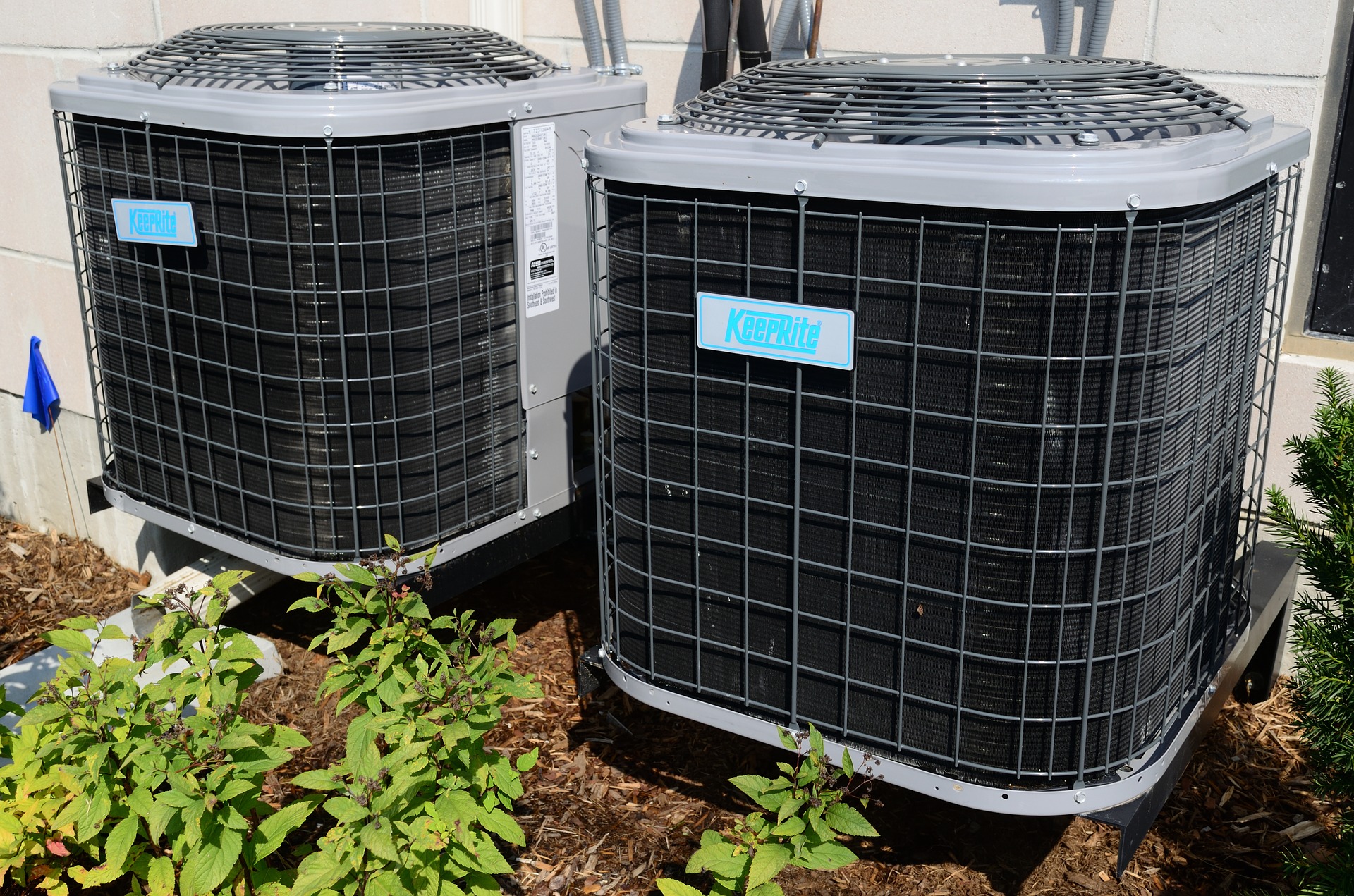Split-System Heating and Cooling:
The split system, which offers both heating and cooling, is the most common HVAC system. There are two primary units, one for heating and the other for cooling, in the system. These systems stand out due to the presence of plainly identifiable indoor and outdoor components. A system cools the outside of these HVAC units.
Cooling is accomplished by using refrigerants, compressors, and coils, with a fan being utilized to exhaust the hot air accumulated in the room throughout the day’s activities. When it comes to air conditioners, these are often the massive HVAC units placed outside the house during the summer months. Other aspects of the heating and air conditioning split systems include a heater and the other components of the system.
The majority of the time, they are kept in a basement or other storage space heated by natural gas. Air circulation and distribution across the space are required, which is accomplished by using an evaporator or a fan, respectively. It is necessary to utilize standard thermostats to regulate the air temperature pumped throughout the building when using this type of air conditioning.

And it can keep most homes at the temperature you like. A humidifier and air purifier are usually included in the box of most HVAC units so that your home or workplace remains comfortable no matter the weather. Because of their wide range of potential applications, these systems are the most widely used due to their broad adaptability.
They are also the most expensive. This is what we mean by a hybrid split system. With a few notable exceptions, all HVAC units are split units. With their electric-hybrid heating system, these systems have become increasingly popular. This distinguishes them from the other types of heating and air conditioning systems on the market.
Typically, the owner specifies this fundamental distinction, which sets these systems separate from the rest of the group. Gas-to-electric power conversion is faster and more thorough than electric-only conversions. They are allowing people to choose how they wish to heat their homes more efficiently and quietly.
Useful in milder climates that can benefit from this during the months. somewhere, where the temperature isn’t too low and electric heat is sufficient. In addition to the advantages of a split system, it makes use of conventional ductwork and thermostats. However, there is an option to save energy and reduce utility costs.
Mini-Split (Duct-Free):
If you’re looking to save money, a ductless or mini-split system is the way to go. However, there are considerable advantages for some purposes and applications. This sort of heating and cooling system has separate HVAC units in each room, allowing for better control. These devices are often installed on the inside of a building and connected to a compressor outside.

For the owners, this installation process is costly and noticeable. Adding a garage, an addition, or another structure to an existing house is a cinch with these pieces. Because of the convenience of installing it and the fact that it can operate each unit independently, it has gained popularity. These HVA Cubits are also helpful for firms that provide services. They allow tenants to set their temperature and conditions, such as in hotels or other venues.
Conserving energy is another advantage. Only the rooms currently in use are heated, resulting in no energy loss in the external or empty spaces of the building. People retiring or downsizing may want to install these systems because of this. I am insulating what they use and keeping what they don’t use warm. Maintaining these systems demands a lot of time and effort. Repairs and replacements are costly, so it’s critical to stay on top of maintenance.

